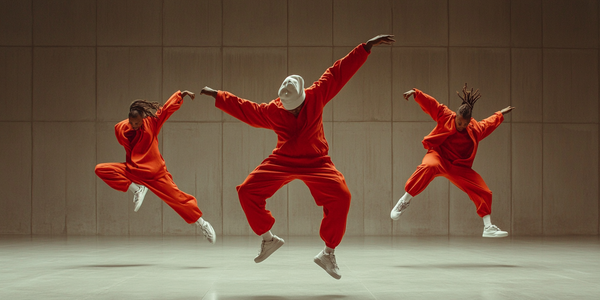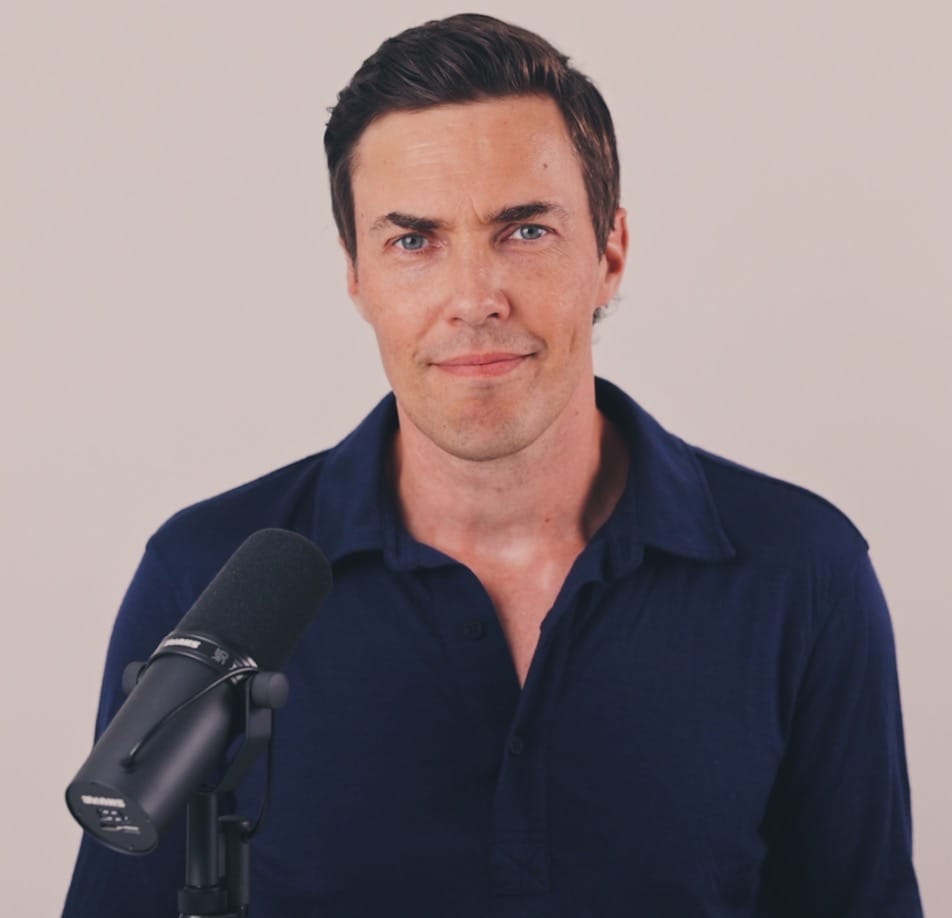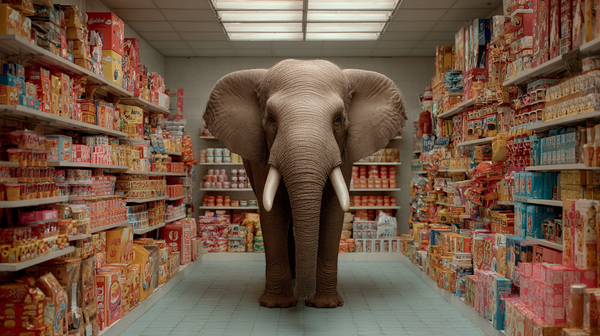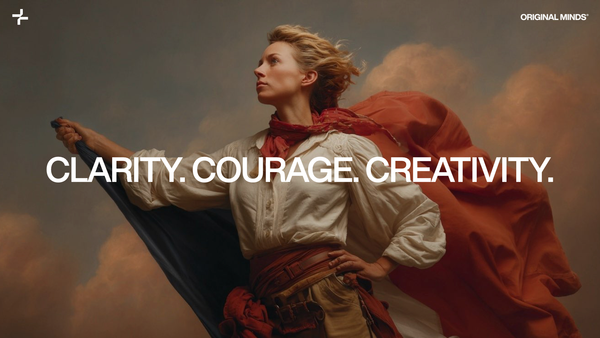In Brief
Culture is no longer a backdrop — it’s the battlefield. The signal: the most resonant brands aren’t creating culture, they’re participating in it. The deeper truth? Audiences no longer reward invention, they reward fluency. The shift is from “brand as creator” to “brand as collaborator.” The opportunity? Challenger brands can earn relevance faster by embedding inside communities, subcultures, and aesthetics that already have gravity. Plays: map the tribes, collaborate with credibility, and move at culture’s speed, not your campaign calendar’s.
The Signal
A 2025 Morning Consult study shows 72% of Gen Z trust brands more when they “join conversations authentically” rather than “try to start trends.” McDonald’s x Travis Scott, Nike’s micro-collabs with local streetwear designers, and Duolingo’s chaotic TikTok persona all prove it: cultural literacy scales faster than media spend. The cultural center of gravity has shifted from broadcast to belonging.
The Relevance
For entrepreneurs and brand leaders, this changes the equation. You can’t buy cultural relevance; you have to earn it. Consumers spot inauthenticity faster than any focus group. Brand-led culture feels contrived. Culture-led branding feels native. Your role isn’t to dominate the conversation — it’s to contribute something people actually want to share.
The Insight
Culture moves too fast for one brand to “own” it. The smarter move is symbiosis. Plug into what’s already resonant and amplify it in your brand’s voice. Authenticity doesn’t mean inventing something new — it means showing up meaningfully in something real.
The Shift
We’ve shifted from culture as backdrop to culture as infrastructure. Subcultures, fandoms, and micro-communities are now the new media networks. They shape language, aesthetics, and commerce. Brand strategy without cultural strategy is just corporate decoration.
The Opportunity
Challenger brands can win faster because they can move without corporate lag. Embedding inside culture requires humility, speed, and permission. Done right, it builds trust, advocacy, and cultural momentum that paid media can’t buy.
The Plays
- Map the Subcultures: Identify the spaces your audience truly inhabits — online, offline, aesthetic, behavioral.
- Collaborate with Insiders: Partner with credible creators or community leaders; don’t appropriate, participate.
- Speak the Language: Mirror tone, humor, and references authentically — but never parody.
- Design Micro-Moments: Create activations for niches rather than broad audiences; intimacy beats reach.
- Empower Co-Creation: Invite your community to shape product, story, and identity. Culture spreads fastest when shared.
Bottom Line
Brands don’t make culture — people do. In 2026, the winners won’t be the loudest voices, but the most fluent ones: those that listen, learn, and live inside the worlds their audiences already care about.










